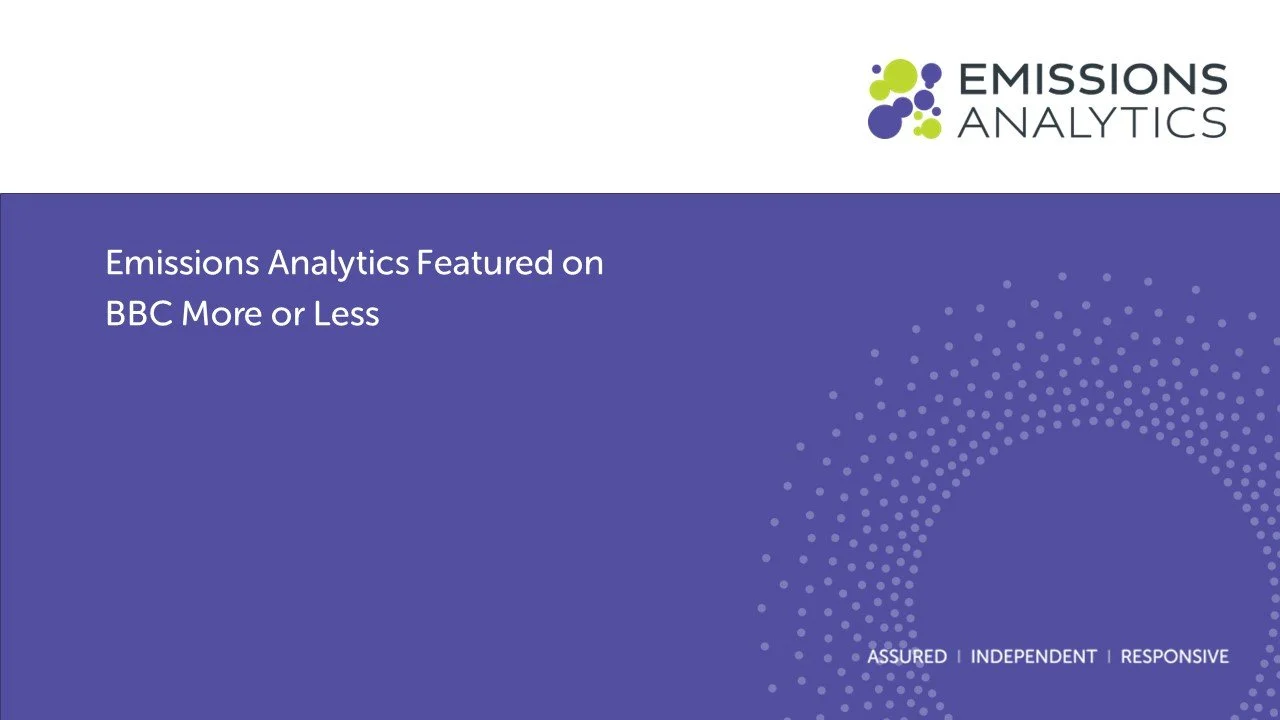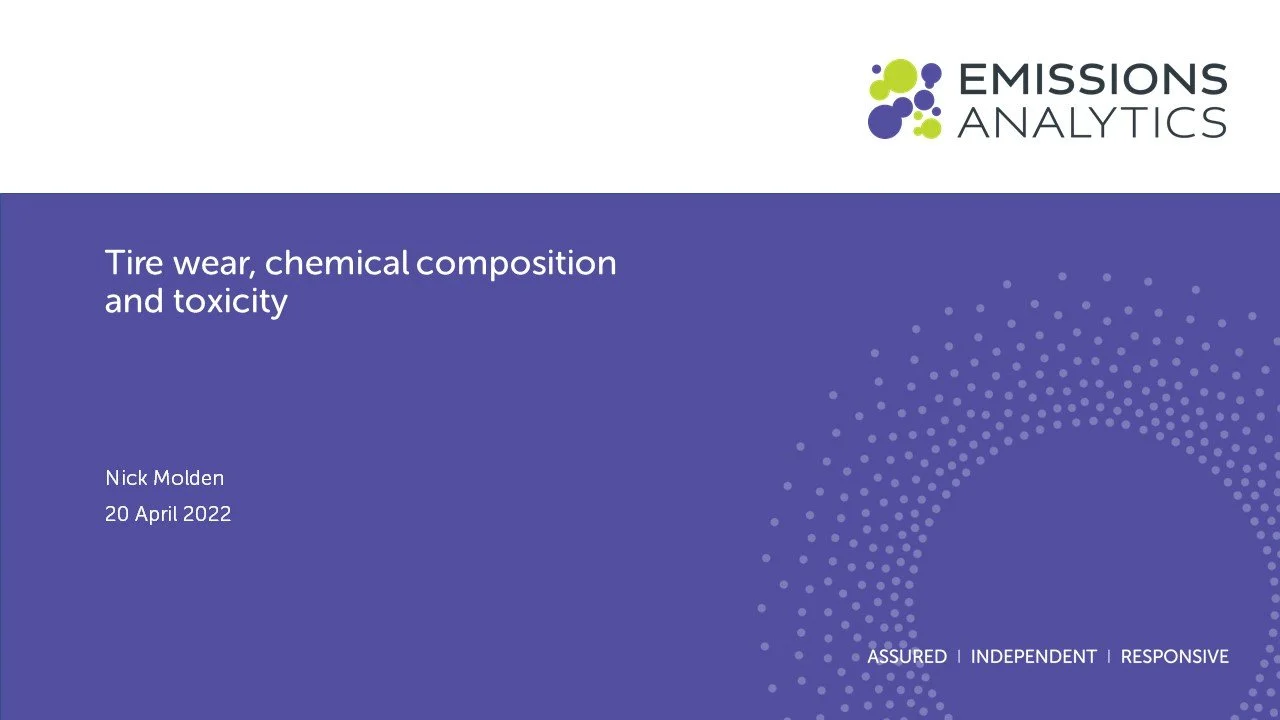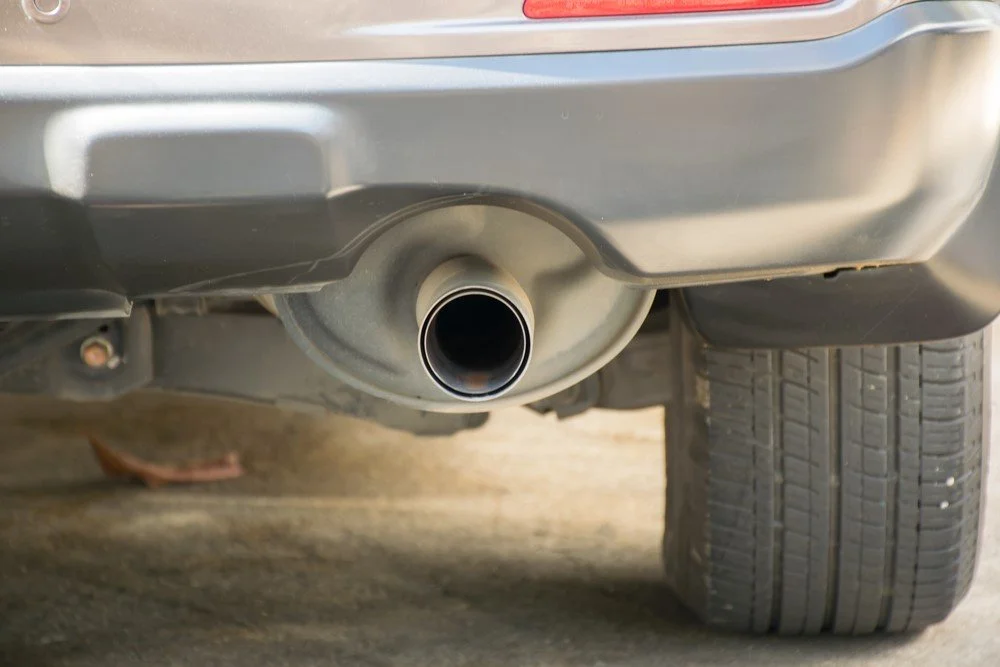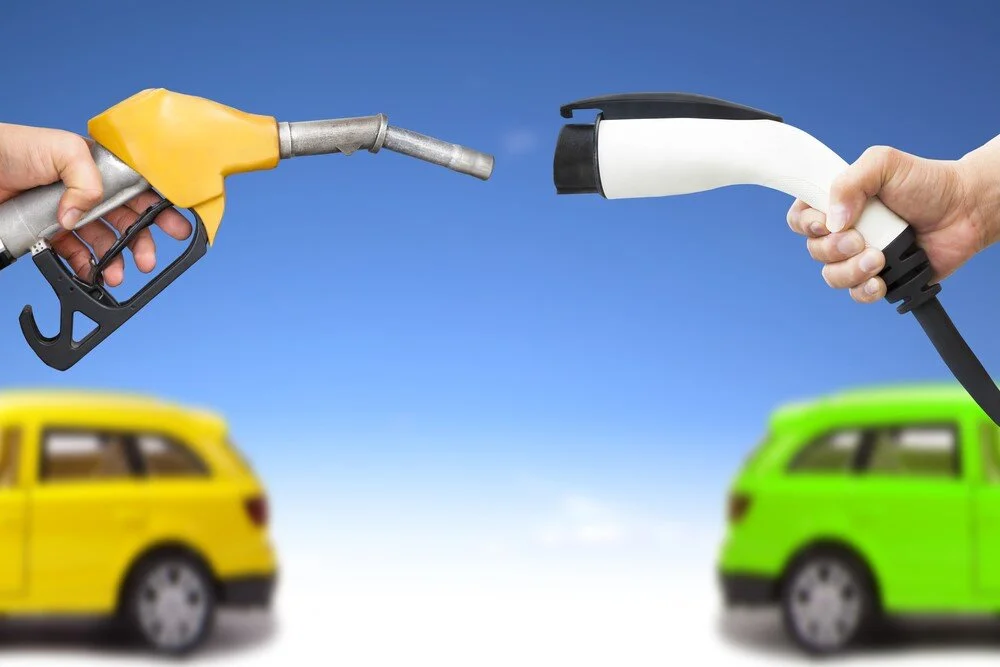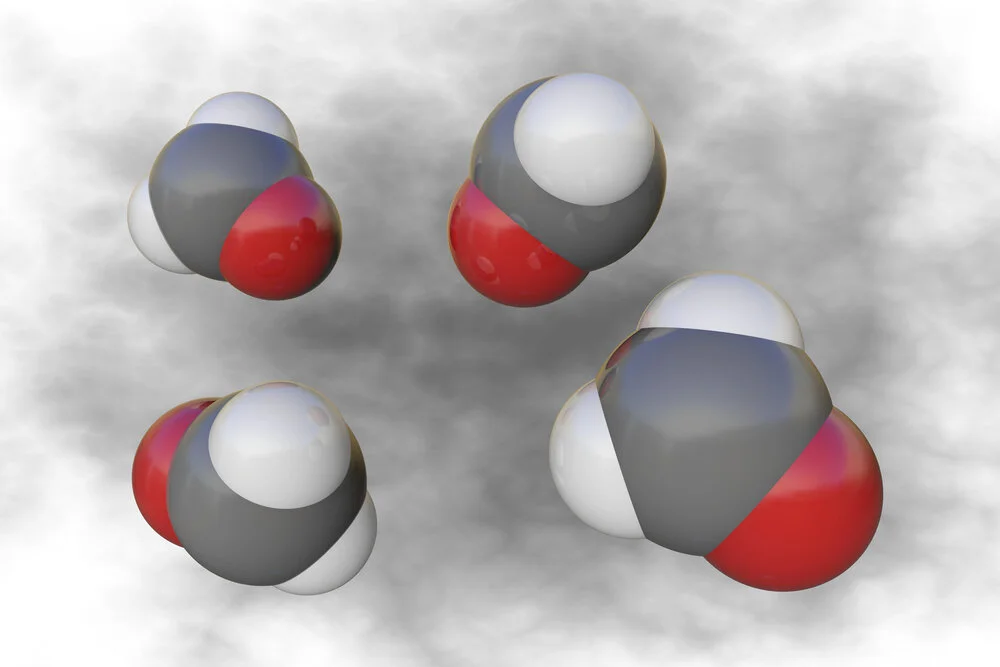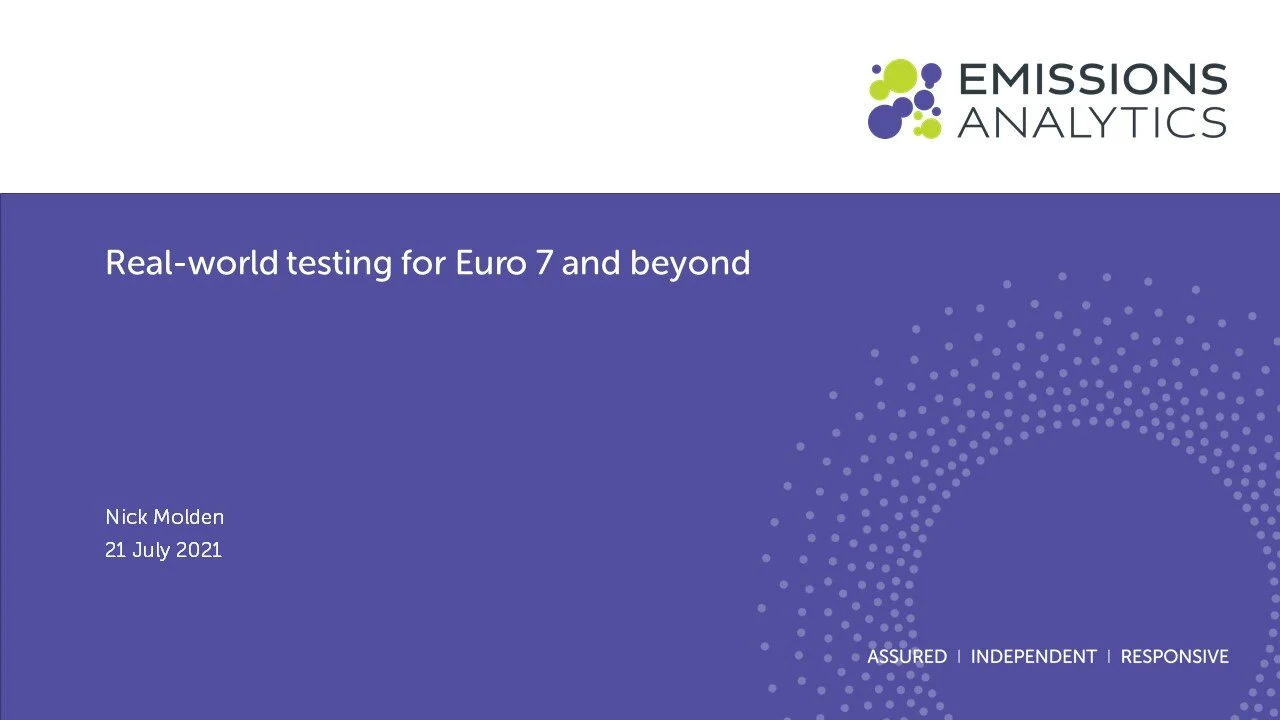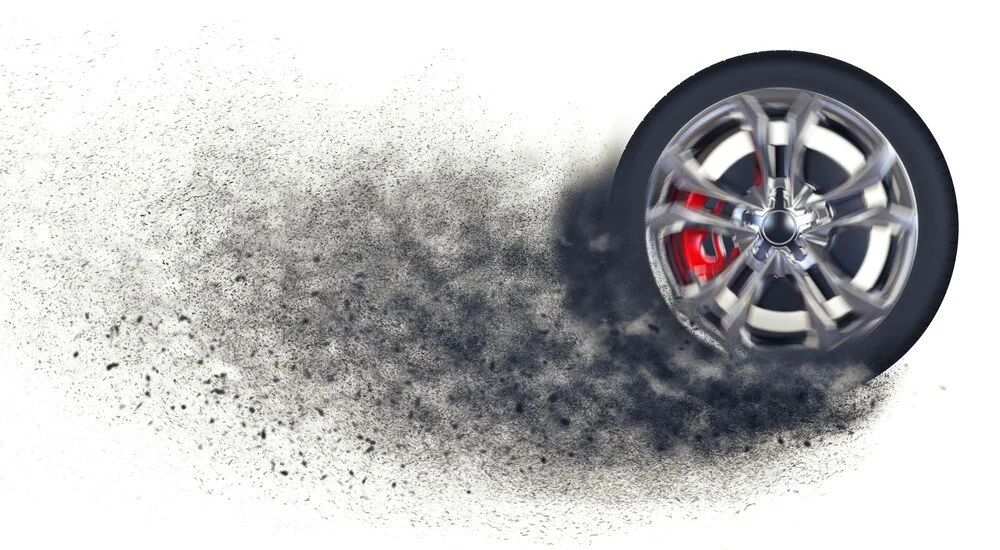The evidence clearly points to using full hybrid electric vehicles (FHEVs) as the best route to rapid, low-risk decarbonisation of cars and vans for the next decade. FHEVs cannot deliver the biggest aggregate reduction in principle, but with scarce battery resources and higher manufacturing carbon dioxide (CO2) emissions of battery electric vehicles (BEV), FHEVs can deliver more CO2 reduction now, and potentially for some time to come.
Smellovision - Engineering odours in cars
Fishy
Emissions Analytics Featured on BBC Radio 4’s More or Less
Super Size EV Automotive's obesity crisis
PRESS RELEASE: Emissions Analytics launches new chemical fingerprint tyre database available by subscription
Gaining traction, losing tread Pollution from tire wear now 1,850 times worse than exhaust emissions
By some distance, the research Emissions Analytics published in early 2020 claiming that tire particulate wear emissions were 1,000 times worse than exhaust emissions generated the most feedback of any subject we have tackled so far – feedback that was a mixture of surprise and scepticism
Presentation: Tyre wear, chemical composition and toxicity
The septillion particle problem (literally)
That’s 1,000,000,000,000,000,000,000,000 exhaust emissions particles that are due to be emitted in the United States that don’t need to be. How? A large majority of European and Chinese cars are now sold with tailpipe particle filters, known as gasoline particulate filters (GPFs) or diesel particulate filters (DPFs) in the industry, but this is not the case in the US.






